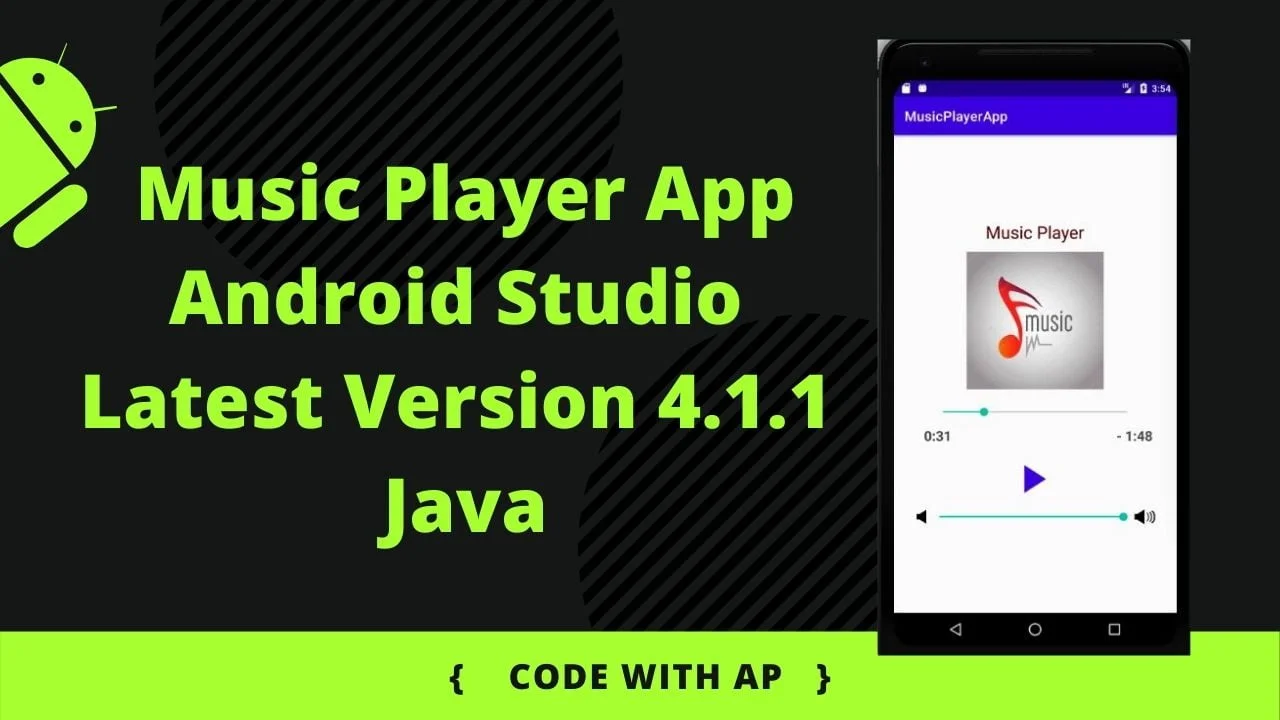

I figured this out almost by accident as an article tipped me off that Java audio support might actually pick a different driver to route audio. I'm just trying to understand why something that should be simple has caused such complicated research.
#Java play sound how to#
This program will show you how to play a audio clip in your java applet viewer or on the browser. I apologize if I sound smug but I'm frustrated and not having much fun especially after seeing that a serious issue can get voted down leaving the answer to that serious issue hidden to others facing the same woes. Java has the feature of the playing the sound file. Write the function to set the sound object’s src (source) property to your hypothetical dragon.mp3 sound in your audio folder. When you click the button, it calls a function call it playSound. Pass the button to the JavaScript object give it a name, e.g., button. I just couldn't hear it because it was playing on the Sound Blaster XFi card and I had my speaker plugged into the motherboard's audio port. Instantiate the Audio object in the script name it sound or song. So all along the audio actually was playing happily. What that means is that even though all of my other audio was going to the card I activated using the mixer in the system tray, Java decided to route its audio to the other card.

If you have a second sound card in your box, like one that didn't originally work with Linux and caused you to start using the built-in support on your motherboard, then you will probably not realize that Java audio support goes to the sound card you aren't using. From the list of things you should'a learned in Kindergarten: If (sc.nextLine().I've found my own answer. MP3Player mp3Player = new MP3Player(filename) After that, we get the Scanner object and take input from the user if the input is equal to stop, then we call the mp3Player.close() that calls the close() method of the Player class, and it stops the music. Now in the main() method, we initialize filename with the MP3 filename and then create an object of the MP3Player class with the filename passed in its constructor. To start the thread, we call the start() function of the thread.

In the run() method, we call the play() function that comes with the Player class of the library. We do not want to block the main thread, so we create a new Thread() and call the run() method inside it. One thing to note is that the thread in which the audio is playing that thread gets blocked until the audio processing is completed. Byte Stream: FileInputStream, FileOutputStream

Now we pass the bufferedInputStream object to the constructor of the Player class that returns an object. We make a play() method that takes the mp3FileToPlay and pass it to the constructor of FileInputStream that converts the file to an InputStream and then we pass this InputStream object to BufferedInputStream that converts it into a BufferedInputStream. Then we generate a constructor of the class MP3Player and take the mp3FileToPlay String as a parameter and initialize the class variable. Play an MP3 File Using JLayerīelow, we create a class called MP3Player and two variables in which the first is the String that will hold the name and path of the MP3 file to play, and the second variable is the object jlPlayer of the class Player.
#Java play sound mac os x#
The native libraries of Java do not allow us to play audio that is in MP3 format thus here we use two external libraries that demand minimal setup. Java AudioInputStream The complete Java sound file application If you'd like the complete source code for this Java 'play sound file' application, along with the Ant build script that is used to build the application on a Mac OS X system, it's available here as my free, complete Java Mac (Swing) application. Today we will have a look at the ways to play MP3 in Java.


 0 kommentar(er)
0 kommentar(er)
